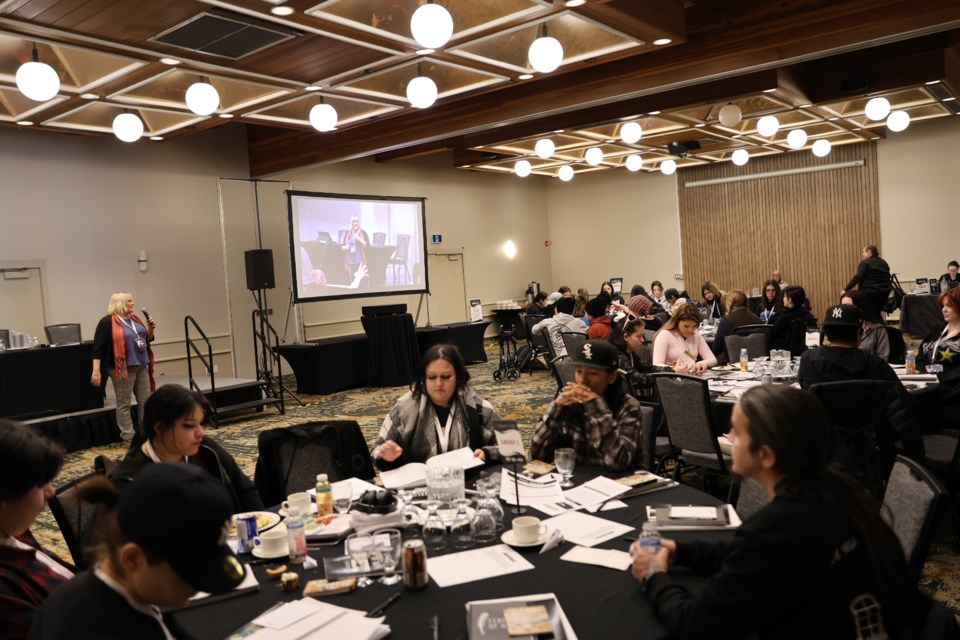THUNDER BAY — Indigenous young people from many different backgrounds and communities gathered in Thunder Bay on Friday to learn more about how a piece of Canadian law will affect them — and how they can help shape how it will work.
The forum was hosted by Feathers of Hope, a local not-for-profit that works to empower and amplify the voices of Indigenous youth. The session was planned so that young people could shape a report that Feathers of Hope will be submitting to the federal Department of Justice. That report will help inform Canada’s ongoing action plan to how Ottawa is adopting the United Nations Declaration on the Rights of Indigenous Peoples.
“So far to date, it has only been First Nations, Métis Nation, and Inuit leadership that have been able to provide feedback and recommendations on the plan,” said Koral Hamilton, the project manager at Feathers of Hope.”
“This is the first youth perspective that will be submitted.”
On Friday morning, the delegates received presentations on the action plan, how it affects them, and were offered the opportunity for discussion. The afternoon session had the youth working together in breakaway groups where they drafted their recommendations, with scheduled presentations at 3 p.m.
“I think it's really important how youth could learn the legislative and the government policies that are put on Indigenous people, so when they're older they … know what's going on in the world,” said Kiaya Nowegijick, who is from Gull Bay and Webequie First Nations. “So, I think it's very important, especially for those Indigenous youth who want to do political stuff when they're older, like me.”
Nowegijick added that she wants to run for, and become, a Member of Parliament and advocate for Indigenous rights from within government.
For Sandy Lake First Nation’s Nathan Linklater, Friday’s forum was a needed chance for youth to have their say. One of the morning’s presentations, he said, really stuck out to him. “(The presenter) was just really speaking of how we have to want change,” he said. “And how we can't just sit around anymore and have to take action.”
Hamilton, who said she wanted to see the delegates engaged throughout the day, said during the mid-day break, that discussions slowly started to build up over the course of the morning.
“We had an interactive discussion period … where the youth were prompted to share their experiences in their personal lives that related to the articles surrounding things such as racism, access to healthcare, access to culture and education,” she said, adding that delegates came from Thunder Bay and a number of other communities, and included young people who were status and non-status First Nation, as well as Métis.
And the fact that young people were ultimately taking the reins by the end of the day, Hamilton added, is important.
“Our Indigenous youth have a lot to say, and they have big voices and they have big ideas,” she said. “They're the ones who are going to be stepping into the future and living this action plan.”
